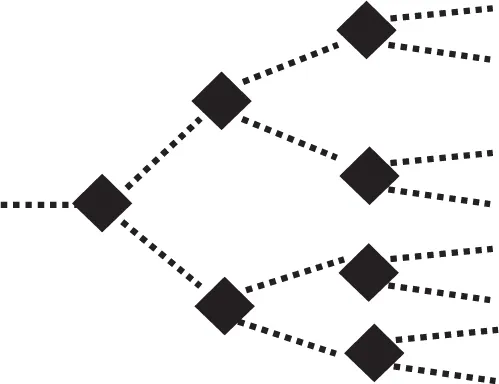
Summary: The Art of Strategy
Review and Analysis of Dixit and Nalebuff's Book
BusinessNews Publishing
- English
- ePUB (handyfreundlich)
- Über iOS und Android verfügbar
Summary: The Art of Strategy
Review and Analysis of Dixit and Nalebuff's Book
BusinessNews Publishing
Über dieses Buch
The must-read summary of Avinash Dixit and Barry Nalebuff's book: `The Art of Strategy: A Game Theorist's Guide to Success in Business and in Life`.
This complete summary of the ideas from Avinash Dixit and Barry Nalebuff's book `The Art of Strategy` shows how game theory can be relevant and applicable to contexts other than academia, as it aids strategic thinking. In their book, the authors explain the basic rules of game theory, breaking down each section into easy-to-understand segments with real-life examples. This summary is a clear guide to using game theory in all areas of your life to help you make strategic decisions.
Added-value of this summary:
• Save time
• Understand key concepts
• Expand your knowledge
To learn more, read `The Art of Strategy` and become an expert at using game theory to create the best strategies.
Häufig gestellte Fragen
Information
Summary of The Art Of Strategy (Avinash Dixit and Barry Nalebuff)
1. What is it?
- A “game” is a situation of strategic interdependence – that is, the outcome of your own choices are determined at least in part by the choices other people make acting purposefully.
- “Moves” are the choices the decision makers make.
- “Players” are all the decision makers.
- “Zero-sum games” are those situations where one person’s gains can only come about as the result of another person’s losses. In business, pure zero-sum situations are reasonably rare. More frequently, there are zones of common benefit (where all the players derive some benefits) and zones of mutual conflict (where any strategy is equally harmful to all the parties active in the field).
- “Rivals” are all the other players in any game you are participating in.
- Moves in any game may be “sequential” or “simultaneous”. In a game involving sequential moves, you will have a linear chain of thinking: If I do this, then I anticipate my rival would do that and I would then be forced to attempt this and so on. In practice, most games tend to involve a combination of sequential moves and simultaneous moves mixed together.
- When analyzing a sequential game, it’s usually helpful to draw a “game tree” – kind of like a road map which describes options at each point where a decision must be made. Because the options become progressively more numerous as the game goes on, the table tends to look something like a tree on its side.

- When analyzing a simultaneous game, you usually get the best possible results if you put together a table which shows what the outcomes will be to all possible combinations of choices.
